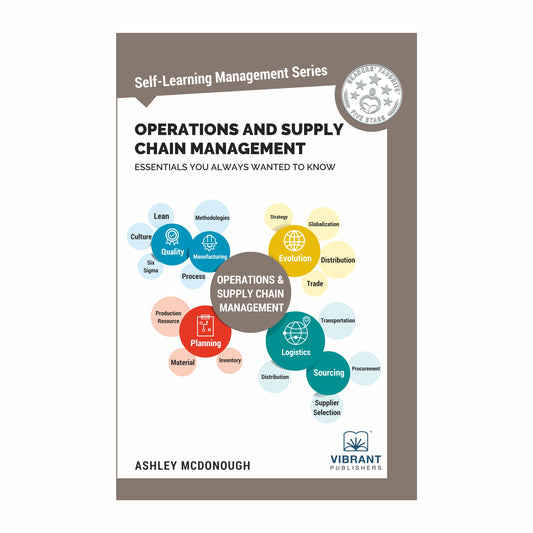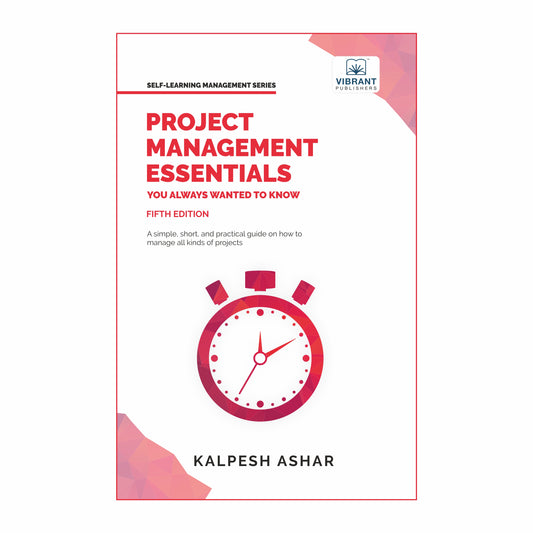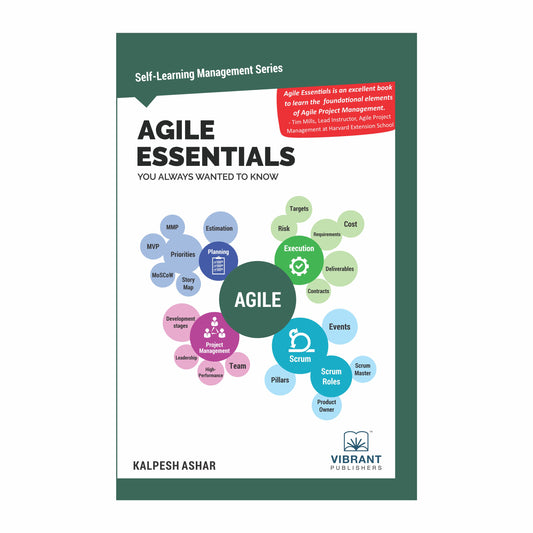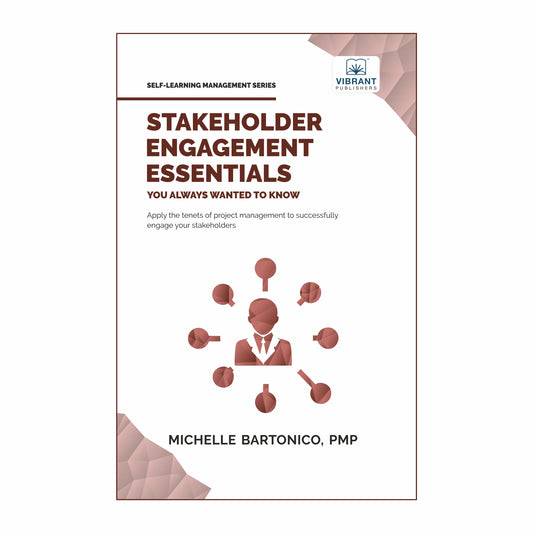Stakeholder Management, also referred to as Stakeholder Engagement, is the heart of project management. Yet, Stakeholder Management is the area of project management that is often overlooked, underestimated, or mismanaged entirely.
Before diving into Stakeholder Management, let’s define a “stakeholder.” According to the Project Management Book of Knowledge (PMBOK), “ a stakeholder is an individual, group, or organization who may affect, be affected by, or perceive itself to be affected by a decision, activity, or outcome of a project.”
In the above definition, it's apparent that people are the thread throughout any project. This makes the Stakeholder Management Knowledge Area one of the most dynamic in project management.
There are five phases of project management, (figure 1). Stakeholders are present in each phase - from initiating the project to performing the work to feeling the impact of the project’s outcomes.
(Source:https://pmstudycircle.com/stakeholders-in-project-management-definition-and-types)

Specifically, in Stakeholder Management, there are four processes the Project Manager and teams should follow.

Stakeholders are dynamic and ever-changing so it is imperative to know what the four stakeholder management processes are and where they dock within the five project phases. This is critical so Project Managers maintain sight of the team’s progress in a project and know the other Knowledge Area processes to apply.
Think of these life cycle processes as a relay race. The success of each one depends on the accuracy and careful handoff from the previous step. Whether small, large, or enterprise-wide in scale, the Project Initiation Phase is the time to begin identifying stakeholders.
Step 1: Identify Stakeholders - Here, the Project Manager generates and analyzes a list of people who have an interest or influence on the project outcome. The stakeholders' attitudes (positive, negative, neutral) are also assessed. This initial step helps determine stakeholder engagement strategies, clarifies roles, and serves as the building blocks for the stakeholder management plan.
(Source: https://www.smartsheet.com/blog/demystifying-5-phases-project-management)
Step 2: Create the Stakeholder Management plan - Also referred to as the Stakeholder Engagement Plan, this is the playbook for how the Project Manager and the project team will engage with stakeholders, communicate, and mitigate issues that could create a lack of support or buy-in for the project.
Step 3: Manage the plan - It refers to the management of the stakeholder plan. This step is ongoing because people’s behavior is fluid throughout any project. In this step, stakeholders are consulted on whether expectations are being met, their attitudes toward the project are assessed, and the stakeholder plan is updated as needed.
Step 4: Monitor the stakeholder management plan - Once the stakeholder plan is in place, it is at regular intervals that the effectiveness of the plan is reviewed. In the PMBOK, this step is part of the Monitoring and Controlling process group and it is a time when the Project Manager is deliberate about logging any issues, adding to a lesson learned register, and noting any adjustments to foundational documents, e.g., Stakeholder Register and Communications plan.
Table 1: Stakeholder Management Processes in Each Phase

Acquiring an understanding and practical knowledge of stakeholder engagement is something that any professional - regardless of their industry, years of experience, or position in an organization - can benefit from.
It's essential to know how to anticipate, monitor, and engage people throughout the life cycle of a project and beyond.
Releasing in January 2023 is Stakeholder Management Essentials. This book will be added to Vibrant Publisher’s Self-Learning Management series. The Self-Learning Management Series provides a jump start to working professionals, where their job roles demand the knowledge and skills imparted in a business school. On the heels of Project Management Essentials, Stakeholder Management Essentials takes a deep drive into stakeholder engagement.
In Stakeholder Management Essentials, readers will explore how to balance the tenets of project management with the realities of human dynamics. This book provides both foundational essentials of Stakeholder Management along with practical techniques and tools to successfully navigate projects and relationships with people in an organization. Readers can apply what they learn anytime they need to move a project, a conversation, or an initiative forward.
Key learning objectives also include
- Understanding the fundamentals of managing stakeholders
- Helpful approaches and strategies to use
- How to build a Stakeholder Management plan
- Responding to stakeholder scenarios.
By the end of Stakeholder Management Essentials, readers will have the tools and a people-first orientation that makes project success…on the horizon.





